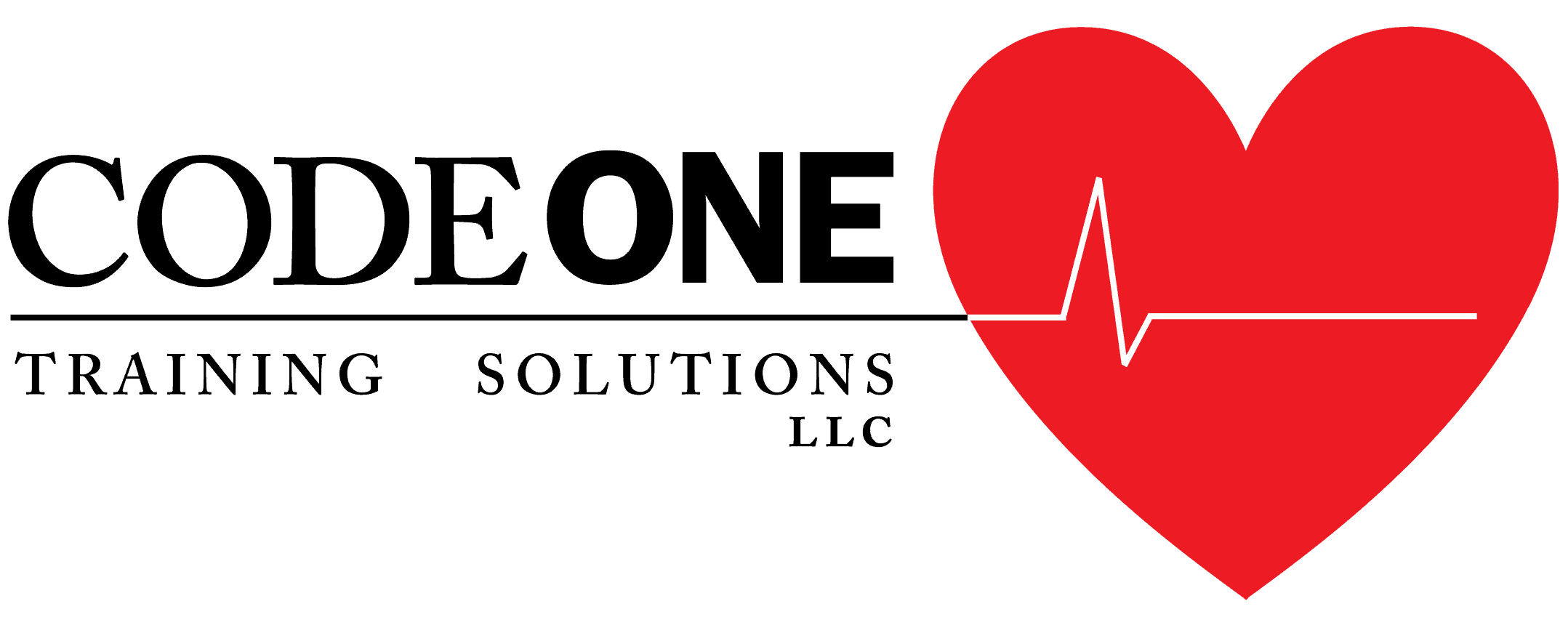CPR Superhero
CPR Superheroes are everyday people who possess the skills and knowledge they need to save lives.
How do I become a CPR Superhero in my community?

Learn Hands-Only CPR
Over 350,000 people experience out-of-hospital cardiac arrest each year but less than half of witnessed cardiac arrest victims receive CPR from bystanders before help arrives. Hands-Only CPR is simple to learn and remember. It does not require rescuers to provide mouth to mouth breathing or rescue breathing to victims – they simply push hard and fast on the chest until help arrives. The impact is significant – survival to discharge from the hospital improves by nearly 7% when bystanders act!
Source: 2022 CARES Annual Report
Download the PulsePoint App
PulsePoint provides crowd-sourced response to cardiac arrest emergencies at the community level. The application integrates with local 911 dispatch centers and provides activation of nearby community responders when a cardiac arrest in a public setting is reported.
Community responders who have downloaded the app and are in an area covered by PulsePoint receive an activation alert when a cardiac arrest is reported in their vicinity. The app will recommend nearby AED locations and direct rescuers to the location of the victim. Citizen responders arrive and begin to provide care an average of 2 minutes prior to the first EMS unit arriving on scene – this time is critical when it comes to positive outcomes for cardiac arrest victims.
Get the PulsePoint App:


Champion for Community Outdoor Access to Defibrillation
Over 99% of Automated External Defibrillator (AED) units in the United States are located inside buildings and vehicles which make them inaccessible to the public for a portion of the day. Placement of AED units outdoors in purpose-built enclosures that are integrated with the 911 system help ensure that lifesaving equipment can be accessed whenever it is needed.
Learn More:
Get Certified in CPR
While learning Hands-Only CPR can boost your confidence in responding to an emergency, completing a certification course will help you master these skills so that you can provide high-quality CPR when it is needed. Code One’s BEACON Heartsaver CPR AED program couples the American Heart Association’s online training with a hands-on skills appointment at a Code One CPR Training Center. Individual skills appointments are held 6 days a week at 50 locations throughout the eastern United States. Learners successfully completing the online training and skills session receive a Heartsaver CPR AED certificate which is valid for two years.
How to Get CPR Certification


Volunteer to Help Others Learn Hands-Only CPR
Do you need to be a certified CPR instructor to show others how to perform Hands-Only CPR? No! All CPR Superheroes are able – and are encouraged – to share and practice this lifesaving skill with their family, friends, and colleagues. The more people who learn Hands-Only CPR, the more likely bystanders who witness a cardiac arrest will jump into action. You don’t need fancy or expensive manikins to teach someone CPR – a folded blanket, soccer ball, or new paper towel roll all work well to push against. Practice pushing down at least two inches to the beat of Staying Alive, Baby Shark, or any 100-120 bpm song.
Early CPR and early use of an AED are proven to improve cardiac arrest survival – we hope you show everyone you know!
Learn More:
Establish Your Community as HEARTSafe
The HEARTSafe program is a fully-encompassing, evidence-based approach to improving cardiac arrest survival at the local level. The HEARTSafe approach combines the talents from numerous agencies and tasks them each with making specific changes in their readiness with the goal of increasing their level of preparedness. The result is a community which has ensured they are doing everything to prevent, respond to, and learn from cardiac arrest emergencies.
Becoming a HEARTSafe Community is no easy accomplishment – a community champion needs to gather the attention of numerous stakeholders and get them all to collaborate with the ultimate goal of improving cardiac arrest survival in the local community. Communities are required to have channels for data collection, large-scale CPR training, public access to defibrillation programs, and first responder readiness established before even starting the application process.
Learn More:



